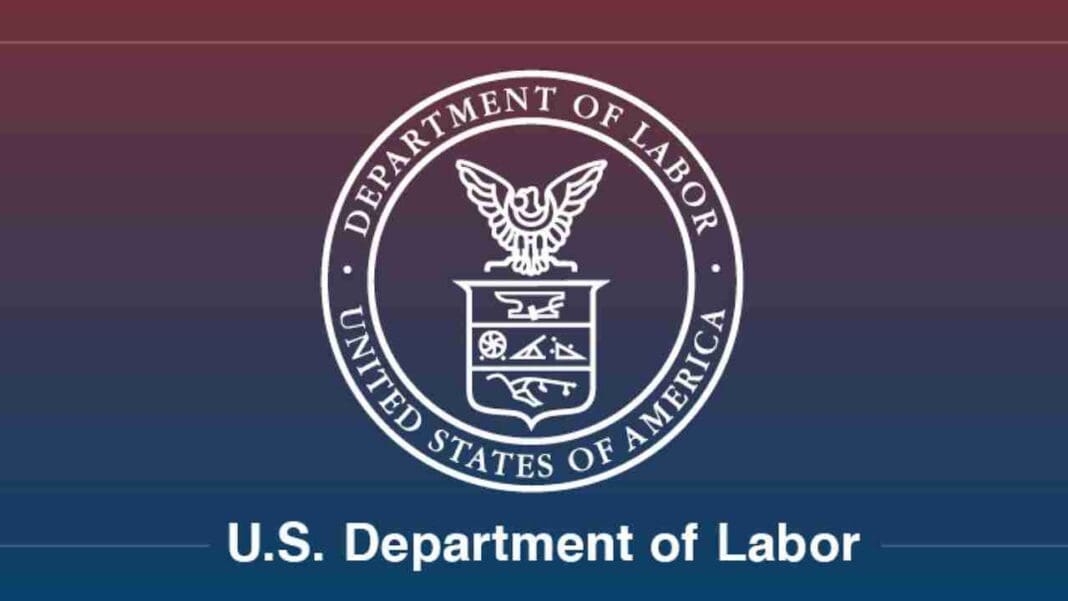Last week the National Labor Relations Board (NLRB) released data showing that petitions for union representation elections have doubled since fiscal year 2021 – an increase from 1,638 petitions in FY 2021 to 3,286 in FY 2024. President Biden lauded the news, emphasizing that “when unions do well, all workers do well and the entire economy benefits.”
This surge in union representation petitions comes as polling and other research consistently shows that interest in and support for unions is at its highest level in decades. Two-thirds of the public supports unions and support among young workers is even higher. Research shows that more than half of workers without a union would vote for one at their workplace, meaning that at least 60 million workers would like a union but do not yet have one because of obstacles and weaknesses in the law.
Not only are union petitions up, but the win rate for workers organizing unions is up, and union membership is on the rise – it has increased by nearly 500,000 workers in the last two years. Nearly 50,000 student workers at colleges and universities have voted overwhelmingly to form unions over the past few years.
This wave of new organizing is inspiring, but winning a union election is only the first step – workers must still negotiate an initial collective bargaining agreement with their employer. This process can drag on for months or years, which frustrates workers and blocks their ability to achieve what they organized for – a binding contract with their employer setting forth wages, hours, and terms and conditions of employment. Only slightly more than one-third of newly-organized units reach an initial collective bargaining agreement in a year.
To encourage parties to reach a first agreement, Acting Secretary of Labor Julie Su has issued the First Contract Challenge, calling on companies and newly-certified unions to reach an initial collective bargaining agreement within one year. She recently celebrated an historic first contract reached within a year between BlueBird – a school bus manufacturer – and the United Steelworkers, and she has challenged other companies and unions to do the same.
The Federal Mediation and Conciliation Service has established a program to assist parties in reaching first contracts, in collaboration with the NLRB. This initiative was undertaken in connection with the first-ever White House Task Force on Worker Organizing and Empowerment, established by President Biden and chaired by Vice President Harris. Under Vice President Harris’ leadership, agencies across the executive branch identified and have implemented more than 100 action items to support worker organizing and collective bargaining.
This activity comes as workers across the country are celebrating record wins at the bargaining table, achieved with the full-throated support of the Biden-Harris administration — including the agreements between the Alliance of Motion Picture and Television Producers and SAG-AFTRA, the UAW and the Big 3 automakers, the ILA and USMX, the hotel workers’ union and Las Vegas hotels, and more.
As Acting Secretary Su said when the new union election numbers were announced, “It’s no accident that under the most pro-union, pro-worker administration, America’s workers are exercising their organizing rights, and have the leverage to demand what they’ve always deserved.”



